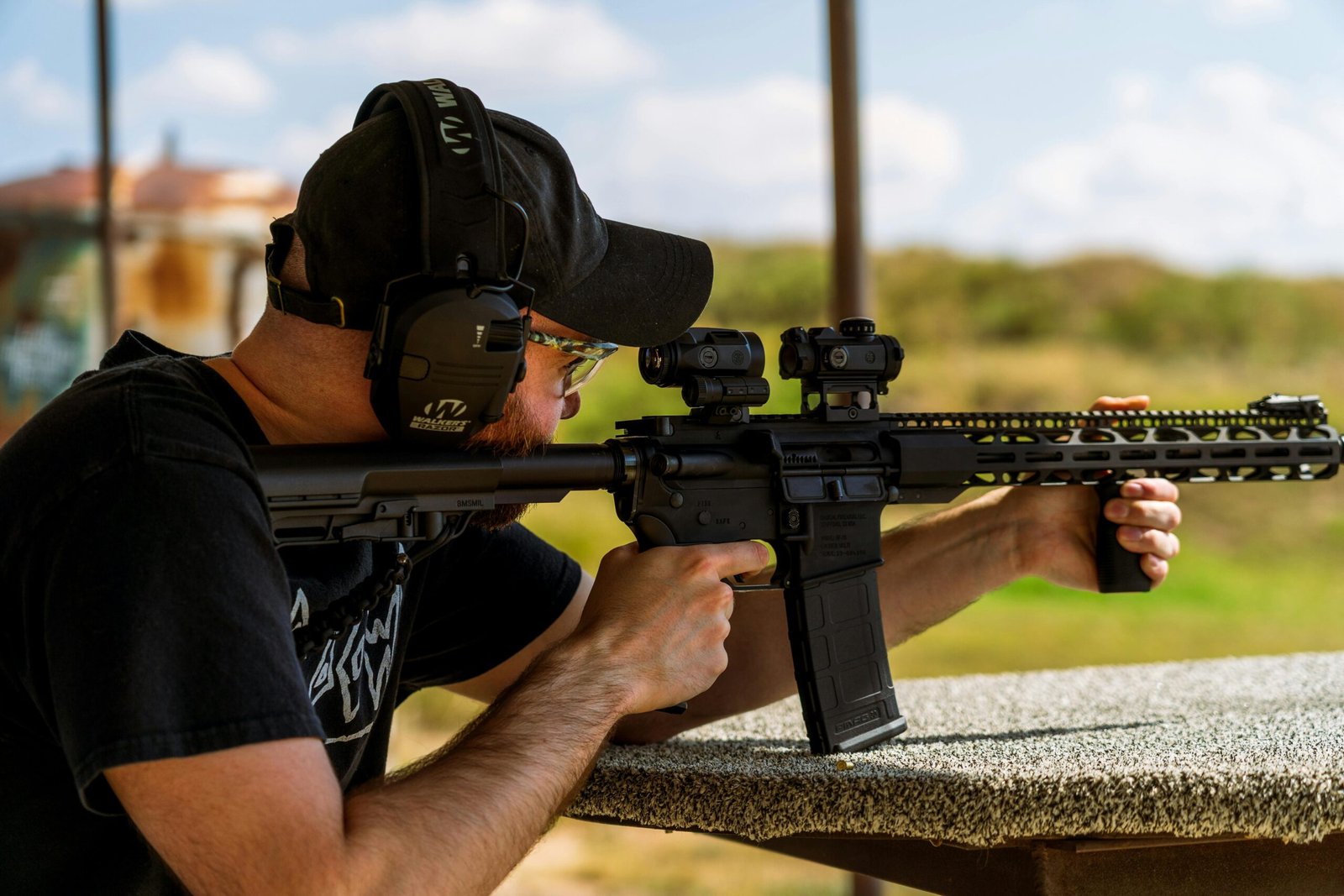
How Far Does a 22 Bullet Travel? A Complete Guide
Many shooters, both new and experienced, often ask: how far does a 22 bullet travel? The answer isn’t a single number. In fact, it depends on several important factors. This guide will break down everything you need to know about the range of a .22 Long Rifle bullet. We will explore the difference between its maximum distance and its effective range.
Understanding the .22 Long Rifle Cartridge
First, let’s understand the ammunition itself. The .22 Long Rifle (LR) is one of the most popular cartridges in the world. It is a rimfire cartridge, which means the firing pin strikes the rim of the case to ignite the primer.
Because of its low recoil and affordable price, people use it for target practice, plinking, and hunting small game. However, despite its small size, you should never underestimate its potential range and danger.
Key Factors Influencing How Far a 22 Bullet Travels
Several variables determine the total distance a .22 bullet can cover. Consequently, understanding these elements is key to safe and accurate shooting. Here are the most important ones:
- Angle of Fire: The angle at which you fire the rifle has the biggest impact on maximum distance. For example, a shot fired parallel to the ground will travel much shorter than one fired at an upward angle. The optimal angle for maximum range is typically around 30-35 degrees.
- Ammunition Type: Not all .22LR ammo is the same. There are subsonic, standard velocity, and high-velocity rounds. Therefore, a high-velocity round will travel farther than a subsonic one because it leaves the barrel at a higher speed.
- Barrel Length: The length of the firearm’s barrel can also play a role. A longer barrel generally allows the powder to burn more completely. This, in turn, results in higher muzzle velocity and a slightly longer travel distance.
- Environmental Conditions: Finally, factors like wind, altitude, and air temperature affect the bullet’s flight path. For instance, a strong tailwind can push the bullet farther, while a headwind will slow it down.
Maximum Range vs. Effective Range: What’s the Difference?
When discussing bullet travel, it is crucial to distinguish between two key terms: maximum range and effective range. They mean very different things.
Maximum Range
The maximum range is the absolute farthest distance the bullet can physically travel under ideal conditions. For a standard .22LR bullet, this can be an astonishing distance.
So, what is it? A .22 bullet can travel up to 1.5 miles (or about 2.4 kilometers). This happens when fired at the optimal upward angle. At this distance, however, the bullet has lost most of its energy and is highly inaccurate.
Effective Range
On the other hand, the effective range is a much more practical measurement. It is the maximum distance at which a skilled shooter can consistently hit a target. Additionally, it’s the range where the bullet still has enough energy to perform its intended function, like humanely taking small game.
For the .22LR cartridge, the effective range is generally considered to be around 100 to 150 yards (91 to 137 meters). Beyond this distance, accuracy drops off significantly due to bullet drop and wind drift.
Safety First: The Dangers of a Stray .22 Bullet
The 1.5-mile maximum range is a critical safety consideration. Even after traveling a great distance, a falling .22 bullet is still lethal. It carries enough energy to cause serious injury or even death.
For this reason, you must always follow the fundamental rules of firearm safety. Most importantly, always know your target and what lies beyond it. A safe backstop is essential to prevent a stray bullet from traveling into an unintended area.
Remember, every bullet fired will eventually land somewhere. Therefore, it is every shooter’s responsibility to ensure it lands safely.